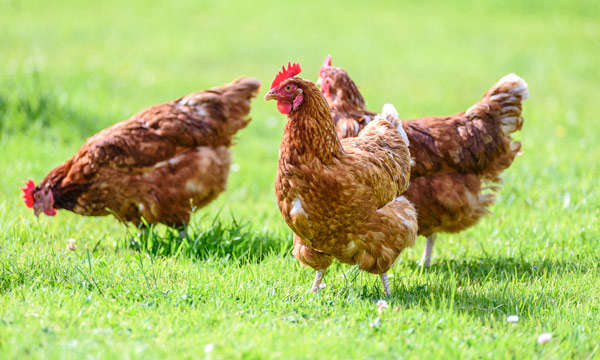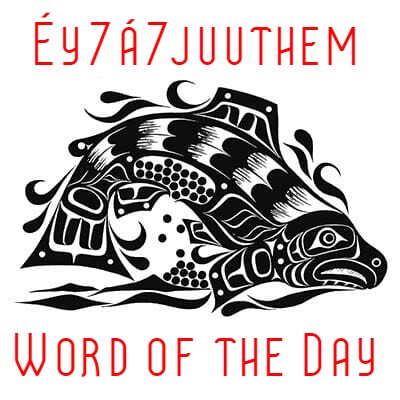
BCs Chief Veterinarian says the new strain of avian flu seems to be very different this time around.
Experts say 2022 has proven to be an unprecedented year for avian flu, infecting 200 flocks and about 3.5 million birds Canada-wide.
Chief Vet Theresa Burns says the current H5N1 strain is highly pathogenic, and problematic because it behaves “very differently” than other variants.
“The scale is completely different,” Burns said in an interview, compared to previous B.C. outbreaks in 2004, 2009 and 2014.
“In all those other outbreaks, B.C. was the only province impacted, and it was only in the Fraser Valley. Now we’re seeing all across Canada, North America and Europe impacted.”
This year, H5N1 has infected about 200 flocks with more than 3.5 million birds Canada-wide.
Deaths of wild birds are spiking, amid fears the disease has become endemic in Canada.
Avian flu is spread through contact with an infected bird or its feces or nasal secretions. Farm birds that go outside are most at risk because they can come in direct contact with infected wild birds or their feces.
The disease, which has spread across Asia and Europe and can occasionally infect humans, emerged in Canada for the first time in six years when it was identified in Newfoundland in December 2021.
For the most part the harsher strain on small and commercial flocks is getting blamed on migratory birds.
The Canadian Food Inspection Agency said no human cases have been detected in Canada and the illness is not considered a significant health concern for healthy people who are not in regular contact with infected birds.
 Comox Valley RCMP Say Teenager Found Safe, But Seeking 53-Year Old Missing Man
Comox Valley RCMP Say Teenager Found Safe, But Seeking 53-Year Old Missing Man
 Communities To Celebrate Victoria Day This Weekend
Communities To Celebrate Victoria Day This Weekend
 A Lot To Enjoy At The Comox Air Show This Weekend
A Lot To Enjoy At The Comox Air Show This Weekend
 Road Closure On 1st Street In Courtenay Today
Road Closure On 1st Street In Courtenay Today
 Historic Haida Aboriginal Title Legislation Receives Royal Assent
Historic Haida Aboriginal Title Legislation Receives Royal Assent
